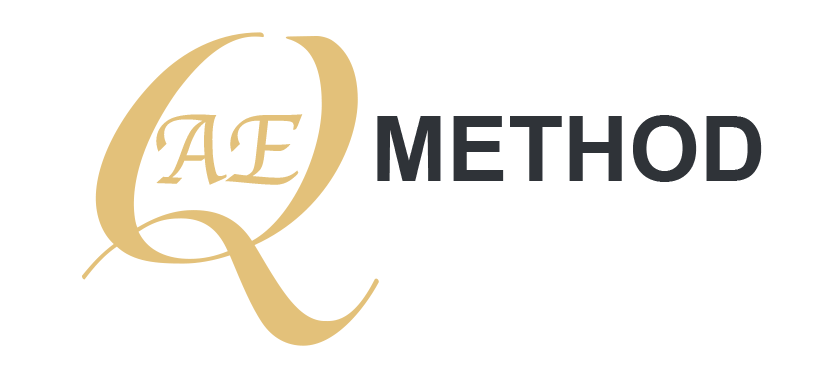We probably aren’t even aware of what and how much we had to learn in our childhood before we could begin to operate in the information system that makes up our world.
For example, when we cross the right leg over the left, our brain does not replace the left leg with the right because the left leg is now on the same side as the right arm and right hip. We learned that in our childhood, with the help of kinesthetic-sensory memory (this is our natural ability of sensing impulses in our muscles and tendons during movement) and imagination.
As children, we have learned to distinguish what our body can do and where our body ends, and the world begins; we learned spatial orientation and the differences between left and right. These basic sensory skills tend to become stunted over the years. We adults usually aren’t aware that our orientation is far from perfect; sometimes we have trouble determining what is left and right, especially if we are lying on our back and then on our stomach. (Try this simple exercise: lie on the back and close your eyes and the try to guess whether your nose is tilted left or right. Ask someone to take a photo of you so that you can see how well you can ‘orientate.’)
The human ability to learn movement in space, orientation left-right, perception of our body, distinguishing between similar feelings, etc. develops in our childhood as it is tied to the child’s mind. A child does not act like adults who repeat a learned action to improve it but is playing while learning and doesn’t narrow his activities down to ‘learning.’ A small child repeats an action because of the satisfaction it arouses in him and because he has discovered something new. Because he has a well-developed sensory ability (he is therefore sensitive to changes in his body and well-being), he focuses on what he feels when exploring his body and surroundings: what is pleasant, what is not, what he can do. The child explores, his attention is directed by curiosity. Curiosity is innate in all living beings, but adults get used to it due to the movement’s learning economy (we perform only the necessary movements). When a child explores and repeats out of contentment and curiosity, the state of mind coincides with complete self-satisfaction and, at the same time, implies the absence of desires that can cram body and spirit in an adult.
A child has a better-developed sensor ability than an adult, which is why he learns more easily and is open to new sensations. This allows him to be better accustomed to small changes and thus grows up and becomes stronger and – not as sensitive. With burdens that grow as years go by, our sensor ability decreases.
Let’s imagine that we are holding a box that weighs 30 kg. How many kilograms of flour can be slipped in before we notice that the box’s weight had increased? In other words, how developed is our sensory ability? If three or four flies land on the box, we obviously won’t notice any change; an adult notices the change when the weight increases by 1/40. A child would notice that way sooner.
The issue that adults have with sensory functions’ performance is also the exaggerated tension and muscle contraction. Even if it’s in one part of the body, such as neck or shoulder, high muscle tone overwhelms the body. It distorts the correct functioning of sensory functions and the kinesthetic-sensory memory. That’s why it is very important to learn how to eliminate the leftover tension in our muscles. Only relaxed muscles and proper posture increase our sensory functions’ functioning, which allows us to detect changes in movement and well-being and distinguish between (pleasant and less pleasant) feelings. Without the ability to sense the small changes, our movement can become cruse, slow, and inefficient when we become adults. However, the way back to soft and painless movements lies in consciously observing our body and curiously exploring positions.
Aleš Ernst, author of the AEQ method and AEQ breathing






